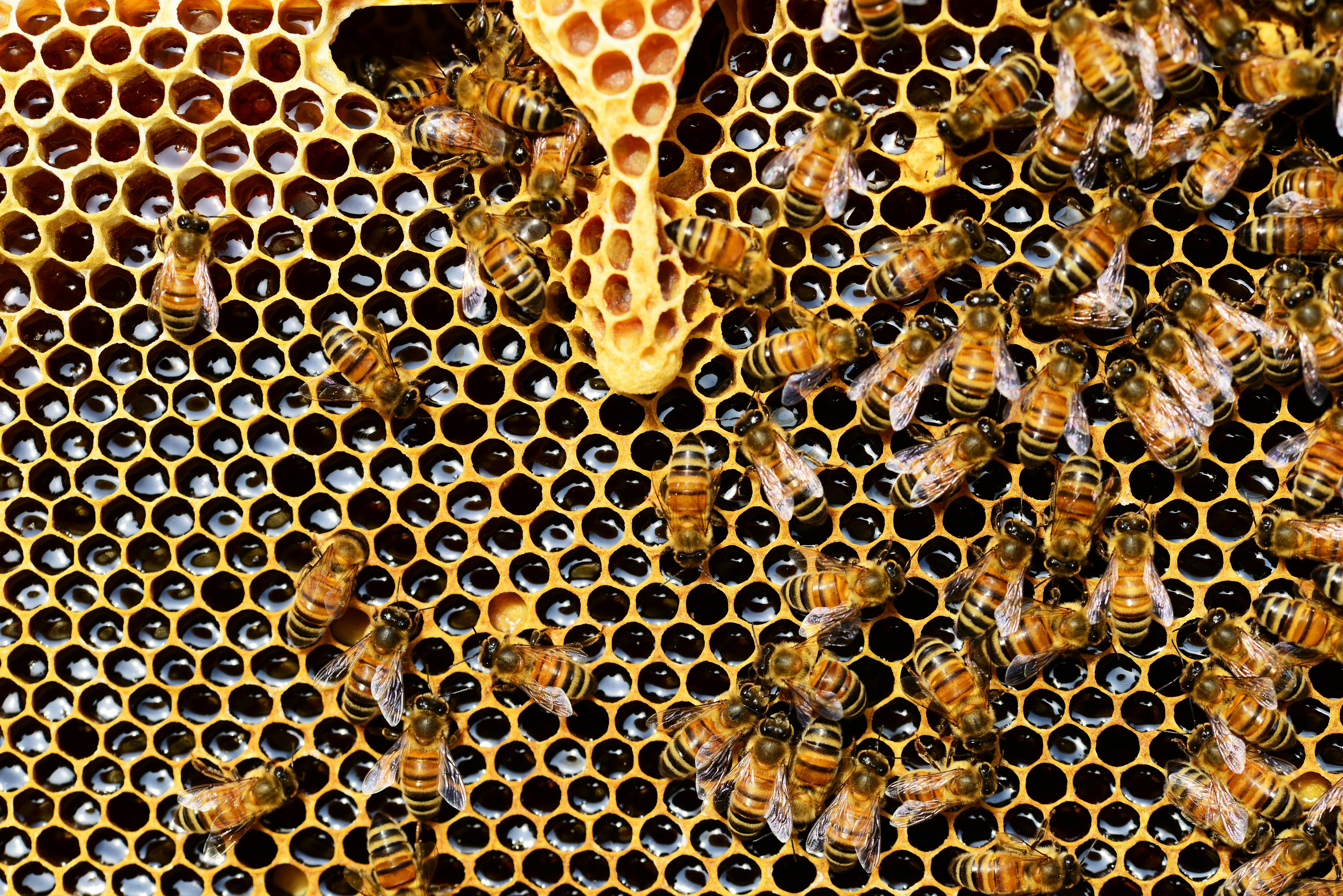
Introduction
When it comes to identifying types of bees, many find themselves in a conundrum, confused between bees and honey bees. The interesting fact, however, is that all honey bees are bees, but not all bees are honey bees. The distinction between these two types of insects lies in their behavior, physical features, and roles in the ecosystem. This article aims to decipher these differences and guide you in understanding the necessary aspects of pest control related to bees and honey bees.
Main Differences between Bees and Honey Bees
On the surface, bees and honey bees might appear identical. However, upon closer observation, several differences emerge. For instance, honey bees are slightly larger, and their bodies have more hair, contributing to a fuzzy look. The honey bee also exhibits an orange or golden yellow color with dark bands.
On the other hand, general bees – which encompass various species – could have different color patterns. They range from small to large in size and some species even have a sleek shiny look with minimal hair.
Another crucial difference lies in bee behavior. Honey bees are primarily social insects, living in highly organized colonies, often in beehives made by humans. They are noticeable for their industrious efforts in collecting pollen and nectar, which they use to produce honey – a primary food source for their colonies during winter months.
Regular bees, depending on the species, could either be solitary or live in small groups. Unlike honey bees, not all bee species produce honey. Instead, their biological adaptations allow them to survive in various ways.
Importance in the Ecosystem
Both bees and honey bees play an indispensable role in the ecosystem through the process of cross-pollination. They contribute significantly to pollinating a variety of plants, resulting in fruit and seed production.
Honey bees, particularly, are avid pollinators contributing to much of the pollination in agricultural settings. They are especially appreciated for their 'flower fidelity' – the tendency to visit the same type of flower over and over during a single trip, enhancing the effectiveness of pollination.
While honey bees get most of the admiration, other bee species also play a vital role in pollination. They are often responsible for pollinating wild plants and crops which honey bees tend not to favor, maintaining the diversity and resilience of ecosystems.
Pest Control and Human Interaction
The presence of bees and honey bees mostly benefits humans due to their pollination behavior and honey production. However, their presence can become a concern when found in high densities or in places like homes or public areas where they become a nuisance or potential threat due to stinging behaviors.
In dealing with bee-related issues, pest control should aim to strike a balance between protecting human interests and maintaining the health of local ecosystems. As most bees are not aggressive unless provoked, non-lethal control measures should be prioritized. It is recommended to call in professional pest control services, who can accurately identify the species involved and ensure proper, safe removal.
It’s worth noting that, if honey bees are identified as the issue, there are extraction services that will remove and relocate them without causing harm, preserving their essential role in the ecosystem and honey production.
Conclusion
In the intricate world of bees, understanding the differences between bees and honey bees is crucial in appreciating their roles and dealing effectively with them in a pest control setting. Each species, whether a honey bee or another variety of bee, has its unique contributions to the environment and, to a large extent, our lives. Hence, any pest control intervention should be mindful of their ecological value, promoting coexistence rather than extermination. Remember, doing our bit for these tiny eco-warriors ultimately aligns with doing our part in conserving the ecosystem.